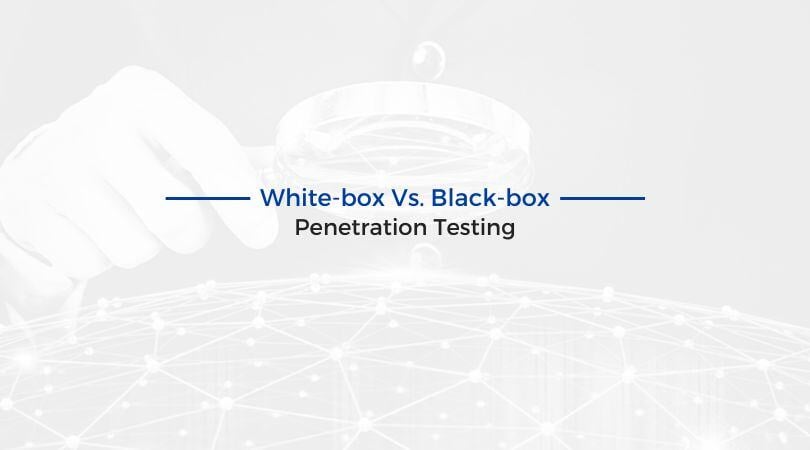New NIST Digital Identity Guidelines Make Password Resets a Requirement
The National Institute of Standards and Technology (NIST) recently released a draft of its Digital Identity Guidelines, known as NIST SP 800-63. This...
1 min read
Megan Schutz : September 13, 2021

For some Western Digital My Book users, another exploit is looming soon. Last month, some Western Digital customers found that their My Book Network Attached Storage (NAS) devices were remotely wiped due to a bug in a product line the company stopped supporting in 2015. What’s worse? There is a similar, recently discovered flaw in a large group of newer Western Digital My Cloud network storage devices. These flaws will remain unfixed for customers who do not upgrade to the latest operating system.
There are remote code execution flaws in all Western Digital network-attached storage (NAS) devices running MyCloud OS 3, an operating system that Western Digital only recently ceased support for.
Consumers should move over to the My Cloud OS5 firmware as soon as possible. If your device is not eligible for the upgrade to My Cloud OS 5, we recommend that you upgrade to one of the other My Cloud offerings from Western Digital that support My Cloud OS 5. Learn more here.
Be warned, with the update to OS 5, you will lose some popular features and functionality from OS 3. OS 5 is essentially a complete rewrite of Western Digital’s core operating system. Thus follows, many users may decide they don’t want to migrate to OS 5. However, when your device is wiped from known vulnerabilities, it’s on you.
Please don’t. Consumers use solutions like this to access large amounts of data locally or remotely. There’s nothing secure or compliant about office-the-shelf internet-accessible NAS devices.
If you’re a business that deals with personal information and feels a NAS device accessible from the internet is the right solution for you, find a competent IT company with a cybersecurity background and review your options. For example, we may recommend a business-class Synology solution paired with a VPN protected by multi-factor if it makes sense.
Experts also say that MyCloud users on OS 3 can essentially eliminate the threat from this attack by confirming that devices are not set up to be reachable remotely over the internet. While a selling point for Western Digital users is that devices are easily accessed remotely, this also opens devices to known and unknown vulnerabilities (e.g., remotely being wiped without you knowing!).
Do you have questions, get in touch.
-1.jpg)
The National Institute of Standards and Technology (NIST) recently released a draft of its Digital Identity Guidelines, known as NIST SP 800-63. This...

In the realm of cybersecurity, where the constant battle between defenders and attackers rages on, penetration testing is a crucial tool to fortify...

Businesses need IT infrastructures that do more than just function. They need systems that think, adapt, and respond in real time.